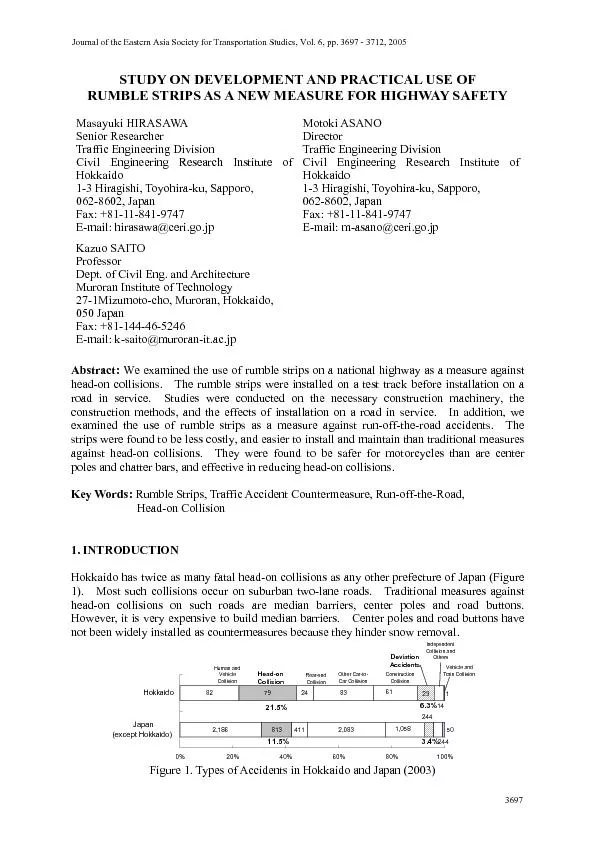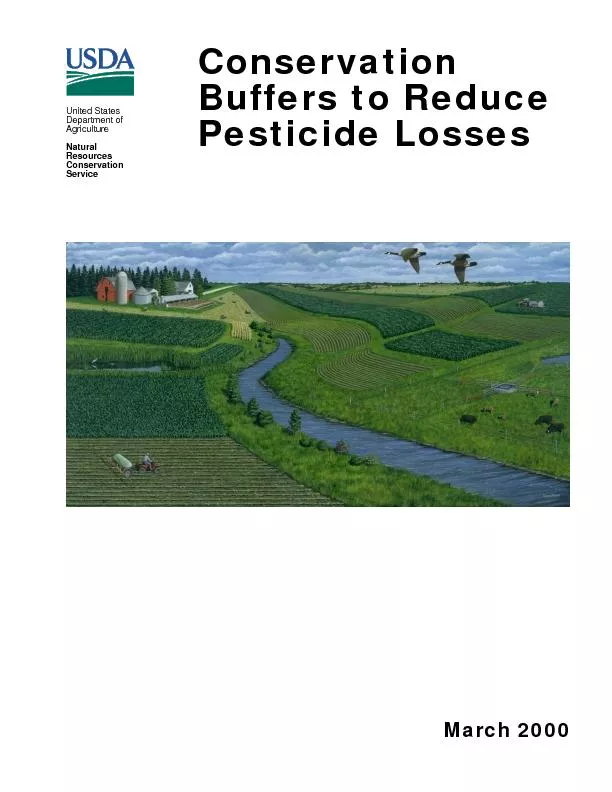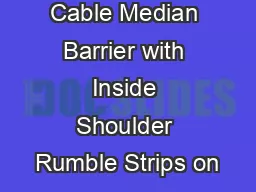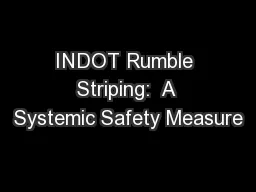PDF-STUDY ON DEVELOPMENT AND PRACTICAL USE OF RUMBLE STRIPS AS A NEW MEASU
Author : tawny-fly | Published Date : 2016-07-26
Journal of the Eastern Asia Society for Transportation Studies Vol 6 pp 3697 3712 2005 3 DEVELOPMENT OF INSTALLATION METHODS IN JAPAN machine for installing such
Presentation Embed Code
Download Presentation
Download Presentation The PPT/PDF document "STUDY ON DEVELOPMENT AND PRACTICAL USE O..." is the property of its rightful owner. Permission is granted to download and print the materials on this website for personal, non-commercial use only, and to display it on your personal computer provided you do not modify the materials and that you retain all copyright notices contained in the materials. By downloading content from our website, you accept the terms of this agreement.
STUDY ON DEVELOPMENT AND PRACTICAL USE OF RUMBLE STRIPS AS A NEW MEASU: Transcript
Download Rules Of Document
"STUDY ON DEVELOPMENT AND PRACTICAL USE OF RUMBLE STRIPS AS A NEW MEASU"The content belongs to its owner. You may download and print it for personal use, without modification, and keep all copyright notices. By downloading, you agree to these terms.
Related Documents














